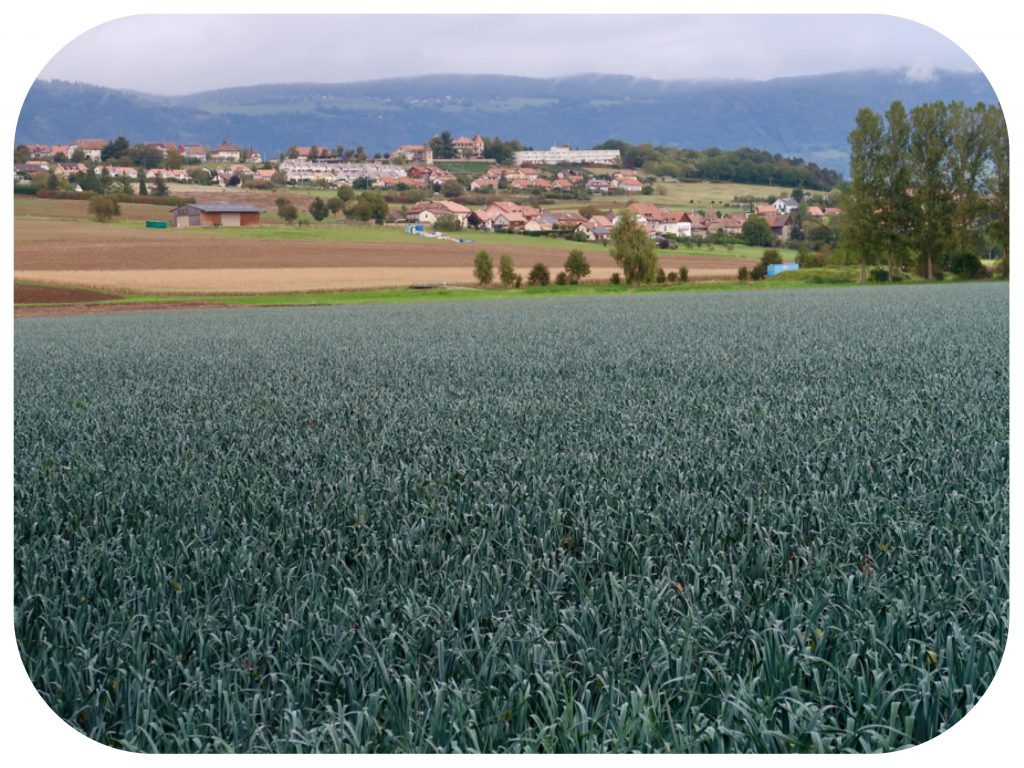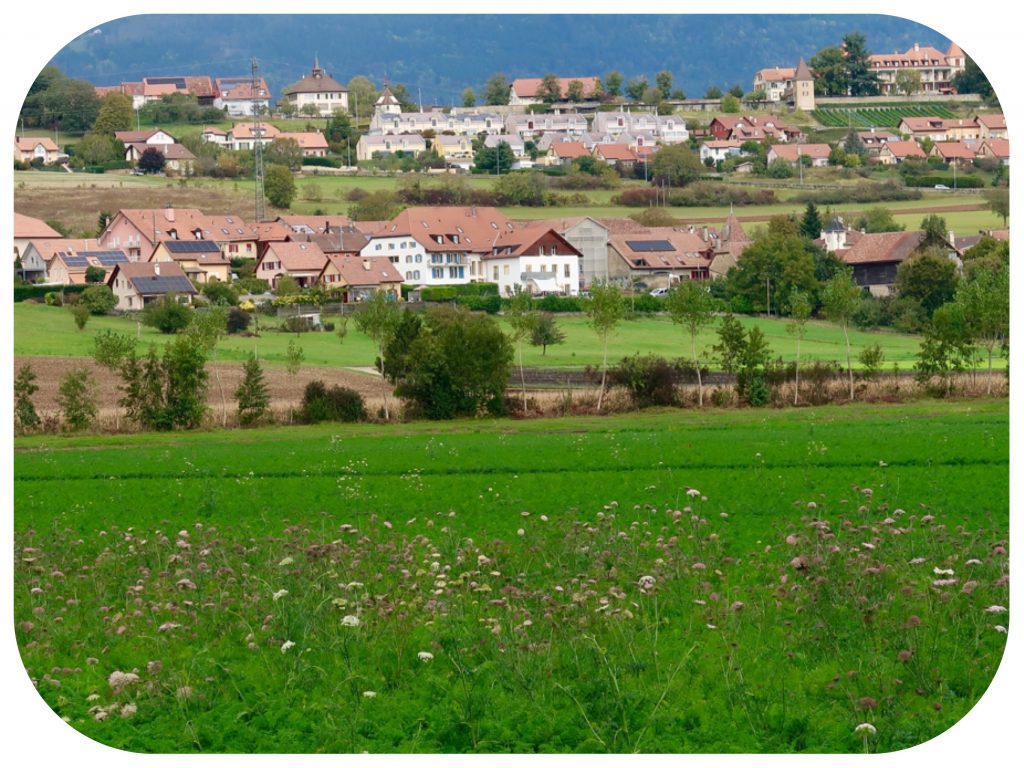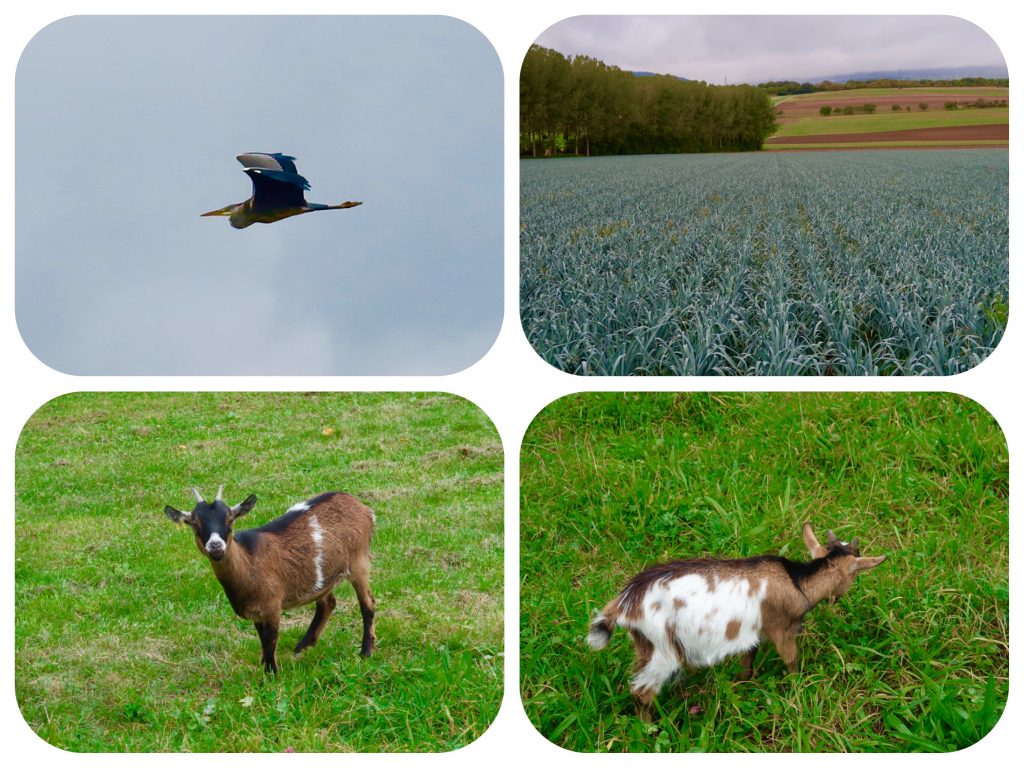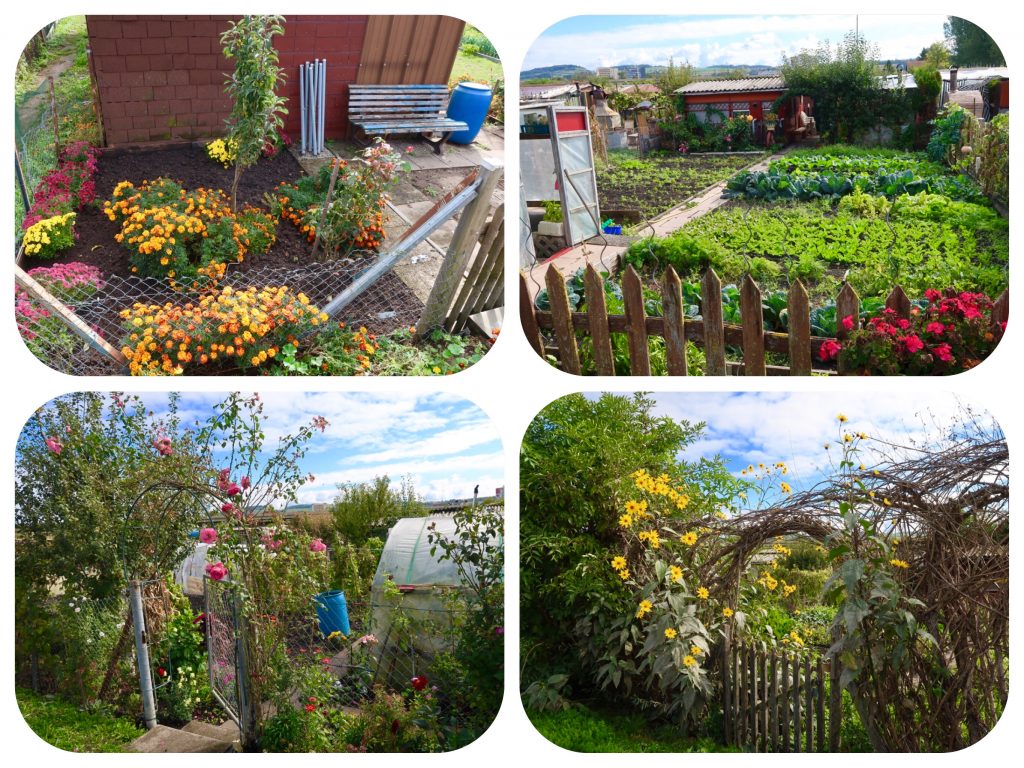Day 46 - Walking the Via Francigena - Orbe to Yverdon-les-Bains, Switzerland - A Historic Hot Springs Town, and Thoughts About Urban Veggie Gardens


















Day 46 - Walking the Via Francigena - Orbe to Yverdon-les-Bains, Switzerland - A Historic Hot Springs Town, and Thoughts About Urban Veggie Gardens
The town of Yverdon-les-Bains nestles in a valley below the Jura Mountains, on the edge of Lake Neuchâtel.
It is a spa resort town, that has remains of human occupation dating back to 5000 BCE.
We crossed the Jura Mountains on the westerly slopes, which meant that we had missed Yverdon-les-Bains, and instead walked straight to Orbe.
But I was not about to miss an opportunity to soak in a thermal hot springs.
Initially, we had planned to take a detour and to stay for two days in this spa town.
We planned to take the train or a bus from Orbe to Yverdon-les-Bains, soak our bodies in the hot springs, and then return to Orbe and continue walking.
By now, walking has become a beloved habit for us, so instead of taking a bus, we decided to walk to Yverdon-les-Bains and then continue walking from Yverdon-les-Bains towards Lausanne.
The walk from Orbe was mostly flat, and after leaving the outskirts of Orbe, we walked all the way along a small canal and through farmland.
The path was muddy from the weeklong rains we recently have had in this area.
We walked by fields of corn, leeks, carrots, celery and fragrant celeriac root.
On the edge of the canal grew very tall trees, many of them with herons nesting in their branches.
The only traffic we had all day were occasional tractors.
About halfway, the path ended abruptly with a permanent metal fence that closed the path all the way to the canal.
We had no option but to squeeze ourselves over the end of the fence, dangling over the canal, so that we could continue walking.
We arrived in Yverdon-les-Bains by lunchtime.
On the outskirts of town there were fields with big patches of urban veggie gardens.
This green project that takes place all over the world near big cities, is a wonderful concept.
It allows people living in small apartments with no land to grow vegetables or flowers.
Urban vegetable gardening began in the USA during the Second World War, and came to provide up to 40% of the food consumed in the cities. They became known as “Victory gardens” or War gardens”.
They started in Europe also to supply a need and were indispensable during the two world wars, when many European countries could not depend on imports and had to guarantee their own food supply.
Nowadays, these urban gardens provide other social and psychological needs in urban societies.
They help to “greenify” urban concrete jungles and help city dwellers to connect to the earth, grow a head of lettuce or carrots, and have a space to spend some time caring for plants.
Most of the time, the people do not own the land.
It is owned by the city or by a private owner who allows people to cultivate it.
Each of the gardens has a simple wooden structure, but people are not allowed to spend the night there, to prevent it from becoming a shanty town.
They use the wooden structures to rest or shade themselves while they work in the sun, grill their lunch, bake a pizza, pickle some of the vegetables they grow, etc.
Water is provided by collecting rain water in barrels.
The stretch of urban vegetable gardens outside Yverdon-les-Bains was along the canal, and it was very large.
Each plot seem to be about forty feet square, and some people had swing sets for their kids and sunning lounge chairs.
It was heartwarming to see these veggie patches.
It was too early to check into our hotel, so we walked to the center of town to buy a Swiss SIM card for our phone.
We had lunch in a buffet restaurant that served great vegetable choices.
While Jules rested in the restaurant with our backpacks, I walked over to the nearby Swiss Telecom and Salt Mobile providers to compare SIM card prices.
The city is bigger than I thought it would be, with many restaurants and services.
After buying the SIM card and our lovey lunch, we walked over to our hotel, by the old castle and the central square.
We chose to stay at the hotel of the hot springs.
Our room rate includes free access to the hot springs, but as we later found out, not to the newer Japanese bath and Hammams.
The thermal spa water of Yverdon-les-Bains, has sulphur and magnesium, although there is almost no sulphuric smell to the water.
Yverdon-les-Bains has a long tradition as a thermal health spa and a centre for healing, and ruins of an old Roman spa were found here.
It is very modern now, with completely renovated spa facilities and an attached 4-star hotel.
Thinking we would be enjoying a luxurious spa, we were a little surprised to find that our free entry only applied to the two big outdoor baths.
It wouldn’t have been a problem, except that the water in the big outdoor baths is only heated to 34 degrees Celsius, which is way too cold to sit in while outdoors.
After showering, we barely were able to sit outside for three minutes.
It was way too cold.
So we paid the extra ten dollars per person to go upstairs to the sauna, Hammam and hotter Japanese bath.
It was a small bath, that maybe could fit ten people, and it also was not very warm.
Of course everyone was wearing bathing suites and not naked.
The steam room (Hammam) was nice, dimly lit and quiet.
I nearly fell asleep inside the warm Hammam.
After our soak, we fell asleep while we lay on the lounges in the relaxation room, feeling warm in our robes.
Over all, we felt a little disappointed with the hot springs.
The big spacious outdoors pools were not hot enough to enjoy, and the upstairs bath was so tiny, it was almost a jacuzzi size and less hot than a jacuzzi.
It is such a shame, because the two outdoor pools were large, perfectly clean and nicely designed.
The only ingredient that was missing was to heat the water to at least forty degrees Celsius.
Later, we read that in the famous baths in Bath, England, they also cool the naturally very hot spring waters to 34 degrees Celsius, calling it a “comfortable temperature.”
In my opinion, without the heat, the hot springs’ therapeutic effects are compromised, and the soothing experience of soaking in the springs is lost.
The only cool gadgets are the plastic watch with a built in sensor each guest gets, which allows us to enter the spa, lock and unlock our locker by pressing the watch to the sensor.
I think we expected more from a famous Swiss thermal spa.
After visiting so many charming and always hot and soothing hot springs in Japan, this seems like many steps below what you get in Japan.
Our room is simple but comfortable, and after showering, we walked to the center of town to enjoy a Vietnamese dinner.
The restaurant is owned by a family, and they made everything from scratch, using a mortar and pestle to mix the spices.
The food was amazing.
Zesty and fragrant with basil, cilantro, mint, beansprouts, fresh vegetables, rice noodles and great spices.
We were the only customers in the restaurant that evening.
Another thing we noticed since we entered Switzerland, is that the price of food and clothing is much higher than it is in France.
It is also higher than in the USA.
As pilgrims, we will have no more great set menu lunches for a great price.
But it is OK.
We will have to adjust our minds with a smile.
With love and blessings,
Tali
Today’s Stats:
Daily Steps - 25,311 Steps
6 hours of walking
Active walking time - 4.5 hours
Daily Kilometers - 18.5 Km
Total Kilometers walked from Canterbury UK - 1021.5 km
Accommodation:
Hotel et Centre Thermal d'Yverdon-les-Bains
Comfortable, clean, Art Deco-style rooms, most with a small outdoor balcony